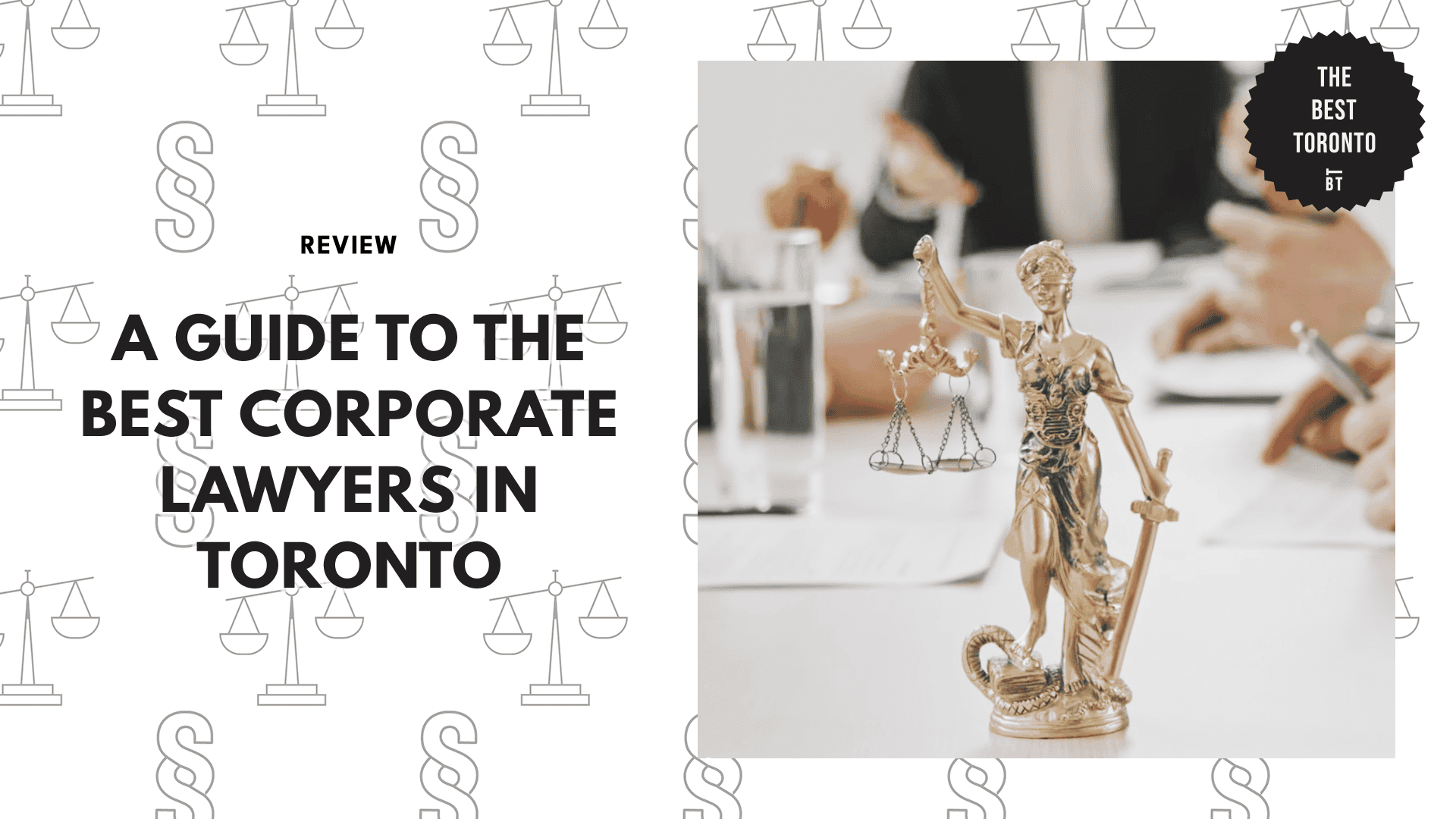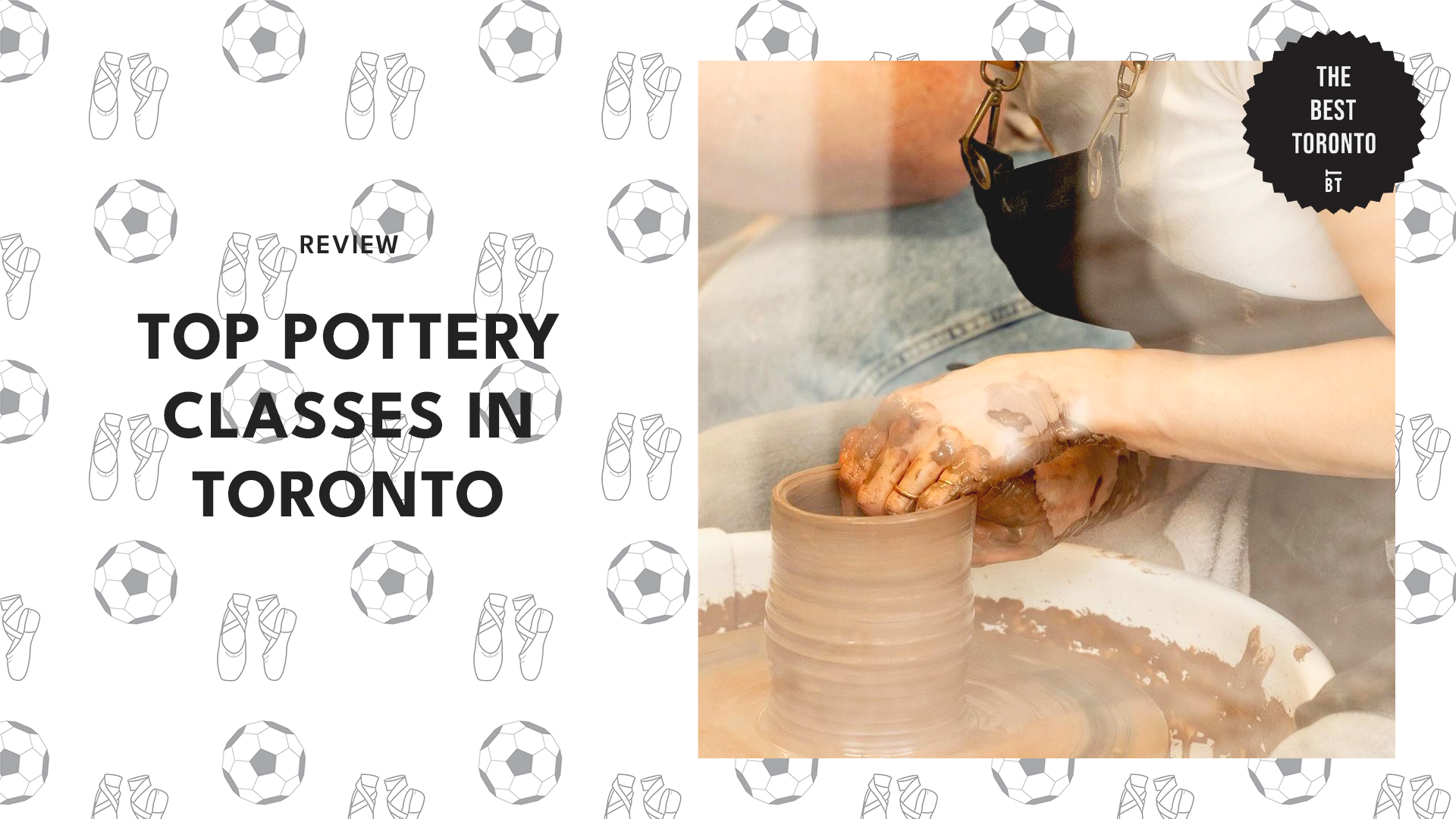Whether you’re dreaming of a cute button nose, bidding farewell to pesky breathing issues, or simply seeking a boost in confidence, the best rhinoplasty surgeons in Toronto are here to make your nose dreams come true.
Fun fact: the word “rhino” comes from the Greek word for nose, and “-plasty” means molding or shaping. And we’re all about checking how you can find the right ways to shape your nose.
We’ll uncover the ins and outs of rhinoplasty, exploring the various types of rhinoplasty procedures as well as their significance in facial harmony and self-expression.
It’s time to go a nose-tastic adventure that promises to leave you feeling fabulous while breathing easy!
Types of Rhinoplasty Procedures
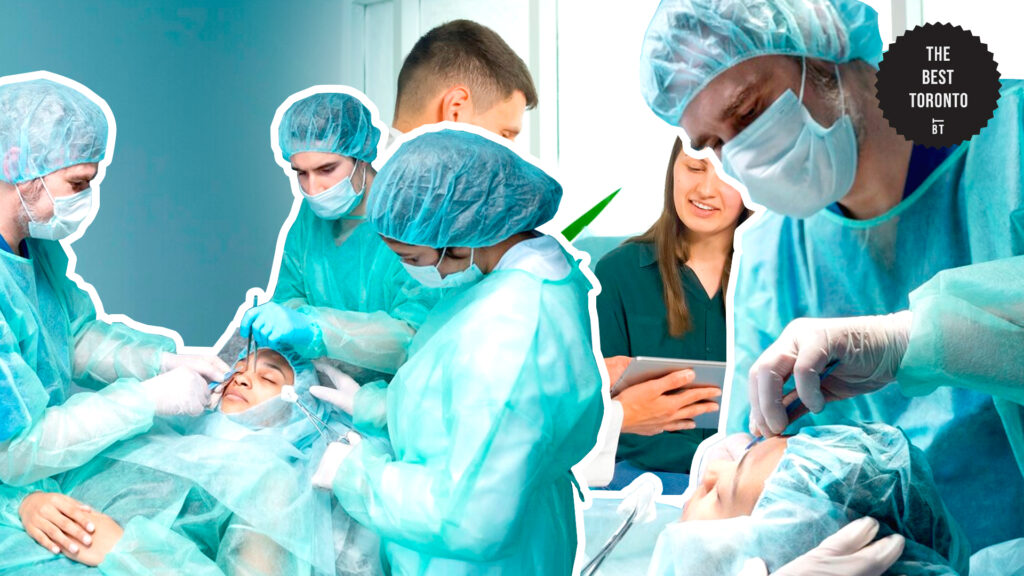
Just like there are endless flavors of ice cream, there’s a whole array of rhinoplasty procedures tailored to suit every nose shape, size, and desire.
From the subtle tweaks of cosmetic rhinoplasty to the superhero feats of functional rhinoplasty, the right Toronto rhinoplasty surgeons offer a smorgasbord of options to sculpt your dream nose.
So, grab your wand (or surgeon’s scalpel, in this case), and let’s dive into the radical realm of rhinoplasty!
Cosmetic Rhinoplasty

Cosmetic rhinoplasty, also known as a “nose job,” is the most known rhinoplasty procedure. It’s all about enhancing the appearance of your nose to make it look just the way you want.
Whether you want to smooth out a bump on the bridge, refine the tip, or narrow the nostrils, cosmetic rhinoplasty can help you achieve the nose of your dreams. It’s like sculpting clay — but on your face!
Usually, the goal is to create a nose that balances and harmonizes with the rest of your facial features. Its goal is to boost your confidence and make you feel great about your appearance.
Functional Rhinoplasty

Functional rhinoplasty works by giving your nose a tune-up to help you breathe better. While cosmetic rhinoplasty focuses on the appearance of the nose, functional rhinoplasty aims to improve its function.
It’s like fixing a clogged drain or a squeaky door — it’s all about making sure everything works smoothly. This type of rhinoplasty can address issues like a deviated septum, nasal valve collapse, or enlarged turbinates that might be causing breathing difficulties.
By correcting these problems, functional rhinoplasty can help you breathe more easily and comfortably. It’s like opening up a window to let in more fresh air.
Revision Rhinoplasty

Revision rhinoplasty is a procedure performed to correct or refine the results of a previous rhinoplasty surgery.
You can think of your nose as a work of art that needs a touch-up — and revision rhinoplasty is like the artist going back to the canvas to make some adjustments and improvements.
It’s best when you’re unsatisfied with the outcome of your first surgery, experienced complications, or developed new issues. Revision rhinoplasty can help address those concerns and give you the nose you’ve always wanted.
Ethnic Rhinoplasty

Ethnic rhinoplasty is all about celebrating your unique heritage while enhancing your nose’s appearance.
It’s a specialized type of rhinoplasty tailored to individuals from specific ethnic backgrounds who want to maintain their cultural identity while improving the aesthetics of their noses.
You can imagine your nose as a beautiful mosaic, with each feature contributing to your overall ethnic heritage. Ethnic rhinoplasty is like adding a few carefully chosen tiles to enhance its beauty without losing its authenticity.
It works whether you’re of Asian, African, Middle Eastern, or Hispanic descent. Ethnic rhinoplasty respects and honors your cultural ideals of beauty while helping you achieve the ideal nose — according to you.
Post-Traumatic Rhinoplasty

Post-traumatic rhinoplasty allows your nose a chance to heal and recover after an injury. If your nose has been through a tough battle, post-traumatic rhinoplasty is like providing it with the necessary reinforcements to come back stronger than ever.
It’s best when you’ve experienced a sports injury, car accident, or other traumatic event that has left your nose misshapen or impaired its function. Post-traumatic rhinoplasty can help restore both its appearance and functionality.
Augmentation Rhinoplasty
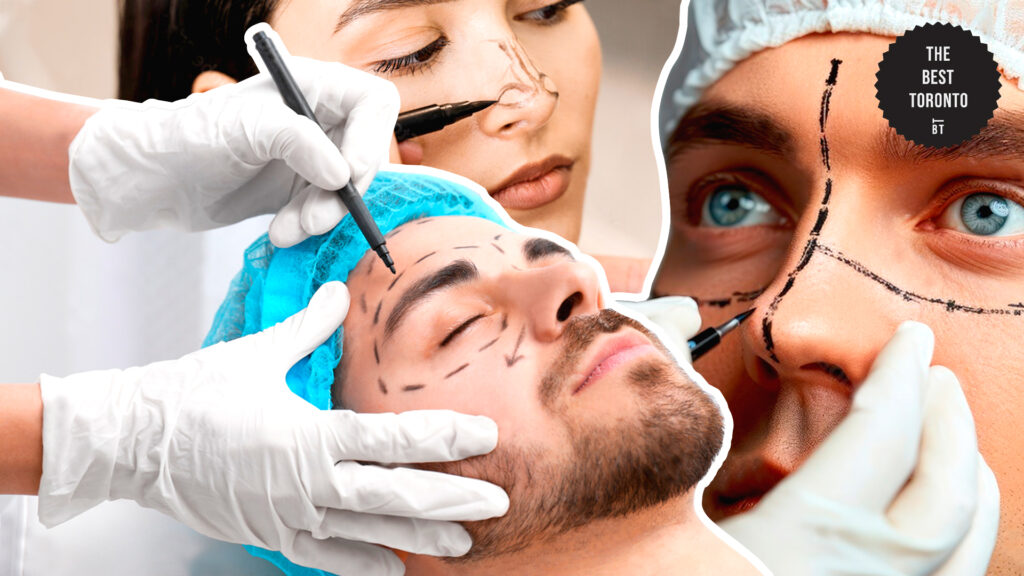
Augmentation rhinoplasty is a procedure designed to enhance the size or shape of your nose, typically by adding volume or projection to specific areas. You can probably say it’s like adding a little extra dose of attraction to your nose
This procedure applies a subtle touch to create a more defined and balanced appearance. It’s like giving your nose a little boost to bring out its full potential and make it stand out in all the right ways.
Whether you’re looking to increase the height of your nasal bridge, enhance tip projection, or improve overall symmetry, augmentation rhinoplasty can help you get your desired look.
Reductive Rhinoplasty
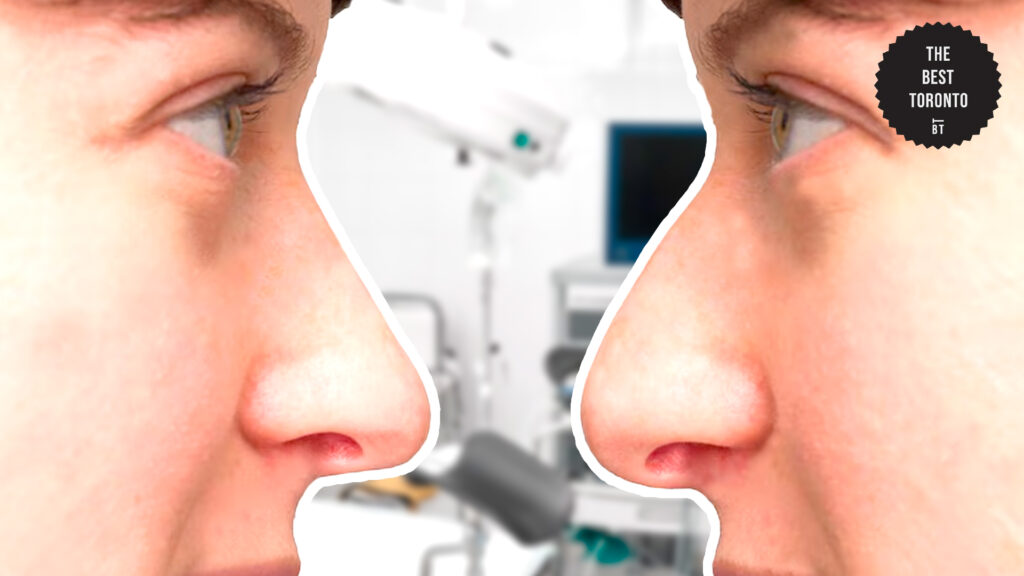
Reductive rhinoplasty targets those areas that need a little refining. This includes reducing the size of the nasal bridge, refining the tip, or narrowing the nostrils.
It’s a delicate surgery with precision tools, carefully reshaping and contouring your nose to achieve that coveted facial harmony. It’s about stripping away the unnecessary to reveal the true beauty underneath.
Septoplasty and Septorhinoplasty

Septoplasty and septorhinoplasty give your nose a much-needed makeover from the inside out.
They are surgical procedures aimed at correcting structural issues within the nose, particularly the septum, which divides the nasal passages.
If your nose were like a house with a crooked foundation, then septoplasty and septorhinoplasty are like straightening out the beams to ensure everything is properly aligned and functioning smoothly.
Septoplasty focuses solely on correcting a deviated septum, which can cause breathing difficulties and nasal congestion. It fixes a kink (or more) to restore proper airflow and alleviate symptoms like snoring or difficulty breathing through the nose.
Septorhinoplasty combines septoplasty with cosmetic rhinoplasty to address both functional and aesthetic concerns. It’s like hitting two birds with one stone.
Not only do you improve your breathing, but you also enhance the appearance of your nose at the same time.
Alarplasty

Alarplasty gives your nose wings a little trim. It’s a surgical procedure that focuses on reshaping the alar base, which is the area where the nostrils meet the cheeks.
Whether you’re looking to reduce the width of your nostrils or correct asymmetry, alarplasty can help you achieve a more proportionate and harmonious appearance. It’s like fine-tuning the details to create a more polished and refined look.
Turbinoplasty

Turbinoplasty is like air traffic control for your nose. This surgical fixer-upper targets those pesky nasal turbinates — airway regulators deep in your nose.
You can think of your nose as a bustling airport with planes zooming in and out. And turbinoplasty is the operation that widens the runway, ensuring smoother takeoffs and landings for all that nasal airflow.
Whether you’re battling congestion, struggling to breathe, or just can’t shake those sinus blues, turbinoplasty steps in to clear the air. It gives your nose a much-needed renovation by creating a breezier pathway for that precious oxygen.
Rhinoplasty Procedure Techniques

Now, it’s time we go exploring the different techniques used by surgeons to reshape and refine the nose. From closed rhinoplasty to open rhinoplasty, we’ll uncover the intricacies of each method and discuss surgical considerations and variations.
Closed Rhinoplasty Technique
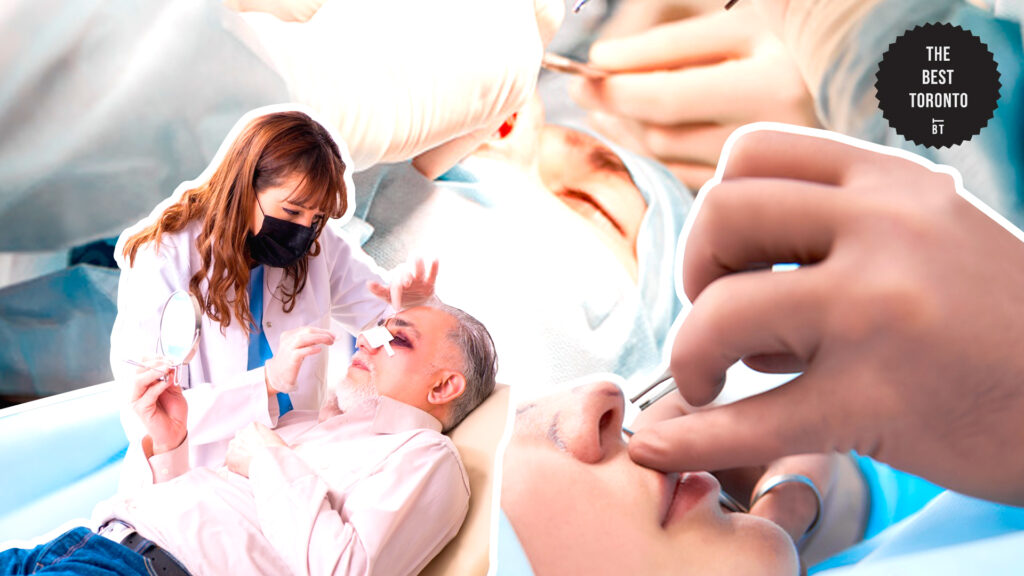
Closed rhinoplasty is a surgical technique that’s all about making incisions only inside the nostrils to keep the outer skin intact.
Whether you’re refining the tip, smoothing out bumps, or narrowing the bridge, this method can work wonders with minimal external evidence. It’s like performing magic backstage — transforming your nose without anyone suspecting a thing.
Open Rhinoplasty Technique
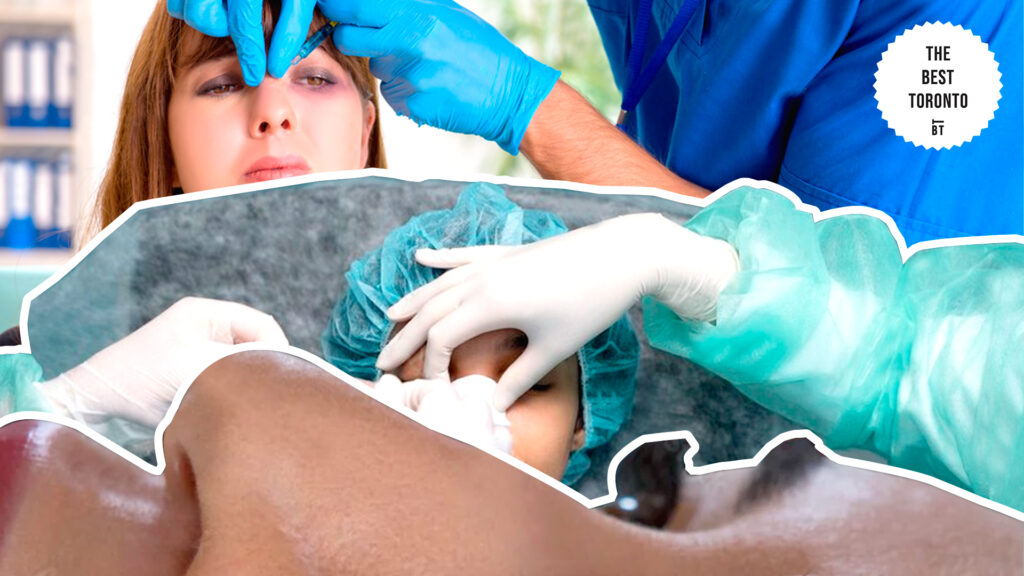
The open rhinoplasty technique is a surgical approach where a small incision is made across the columella, the strip of tissue between the nostrils. This allows the surgeon to lift the skin and access the underlying nasal structures directly.
If you’re after a major overhaul or subtle tweaks, open rhinoplasty gives the surgeon a front-row seat and total command of the surgical playbook.
Surgical Considerations and Variations

There are several factors that surgeons take into account when planning and performing a rhinoplasty procedure, and various techniques and variations can be tailored to meet each patient’s unique needs and goals.
Extent of the Procedure
When it comes to cosmetic procedures, size matters. Whether it’s just a minor tweak or a full-on overhaul, the extent of the procedure is a big deal.
In this beauty battleground, deciding between a minor touch-up and a major makeover can be a make or break.
Nasal Anatomy
Surgeons don’t just dive in blindly. They meticulously scrutinize every nook and cranny of your nasal anatomy.
From the thickness of your skin to the bones and cartilage lurking beneath, they leave no stone unturned. They’ll also snoop around for any pre-existing conditions that might throw a wrench in the works.
After all, a successful surgery isn’t just about skillful hands — it’s about knowing the lay of the land inside your nose.
Surgical Approach
Rhinoplasty is like a choose-your-own-adventure book, with options aplenty: closed technique, open technique, you name it. Each has its own perks and pitfalls to weigh.
The closed technique is where all the action happens behind closed doors, leaving minimal external evidence. Meanwhile, the open technique is more like a tell-all memoir, laying everything bare for the world to see.
So, which path to choose? It all boils down to your preferences and priorities.
Do you value discretion and a quicker recovery? Or are you all about transparency and precision?
Answering these questions will help you choose the right type of procedure for you and allow you to prepare for your surgery more optimally.
Surgical Techniques and Maneuvers
Surgeons also wield an arsenal of techniques and maneuvers to sculpt noses into perfection. They’ll tinker with the tip, smooth out bumps, play with width, and even out lopsidedness — all in pursuit of that ideal balance between beauty and function.
It’s a surgical symphony, with each move carefully orchestrated to craft a masterpiece — with the surgeons as the conductors.



